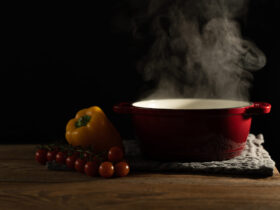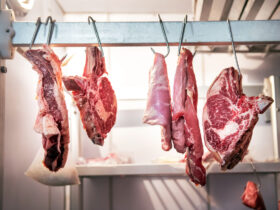

You Might also Enjoy
Beef is very popular for its distinctive flavor and is also one of the most versatile types of meat in cooking. It can be used for virtually any cooking method imaginable. However, it is essential to choose the right cut of meat for the intended cooking method.
Mastering the Essentials: Dive into Fundamental Fish Techniques
To master the basics of modern cuisine, it's essential to go beyond just learning the classic mother sauces. Therefore, in this chapter, we'll explore additional important sauces that are commonly used today.
Often dismissed as simple evaporated water, steam holds remarkable culinary potential. Its versatility is profound, yet its true prowess is often overlooked. Imagine, before dipping into a pot of boiling water, considering the latent risks concealed within the ascending steam.













Leave a Reply
View Comments